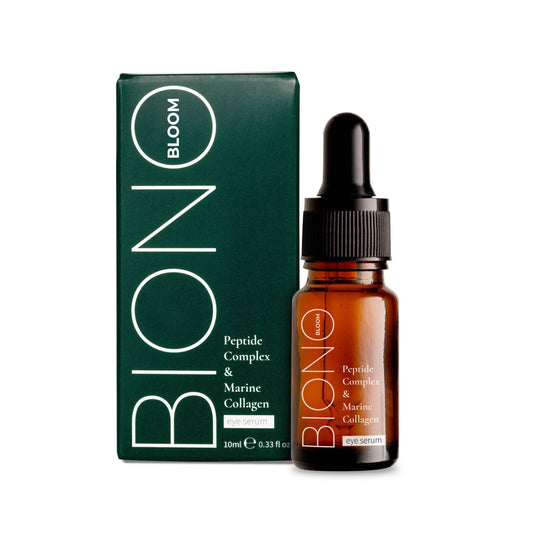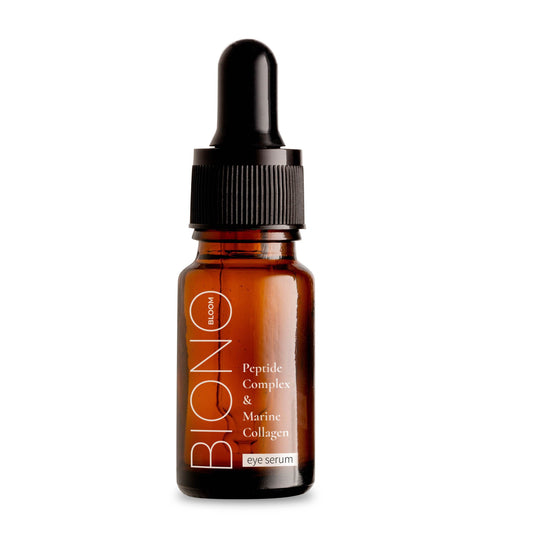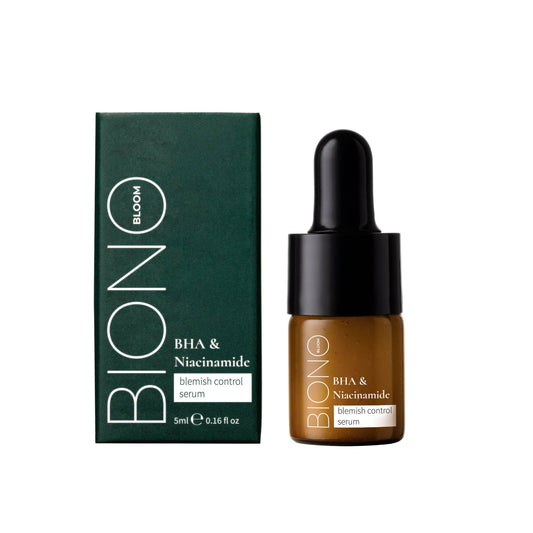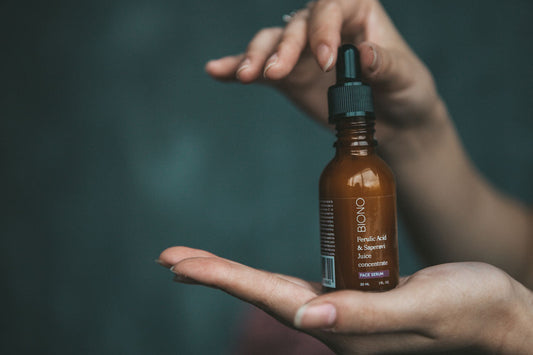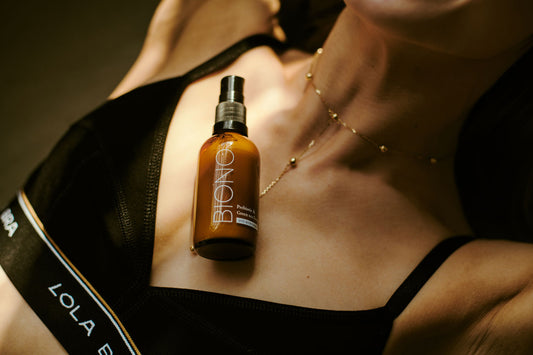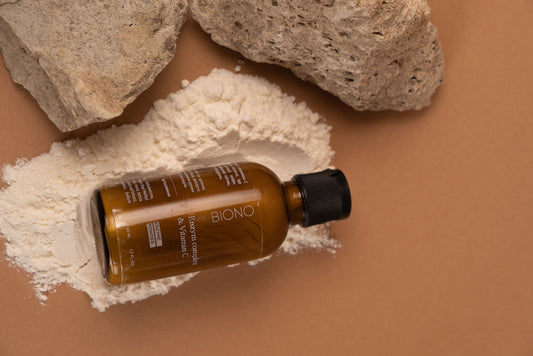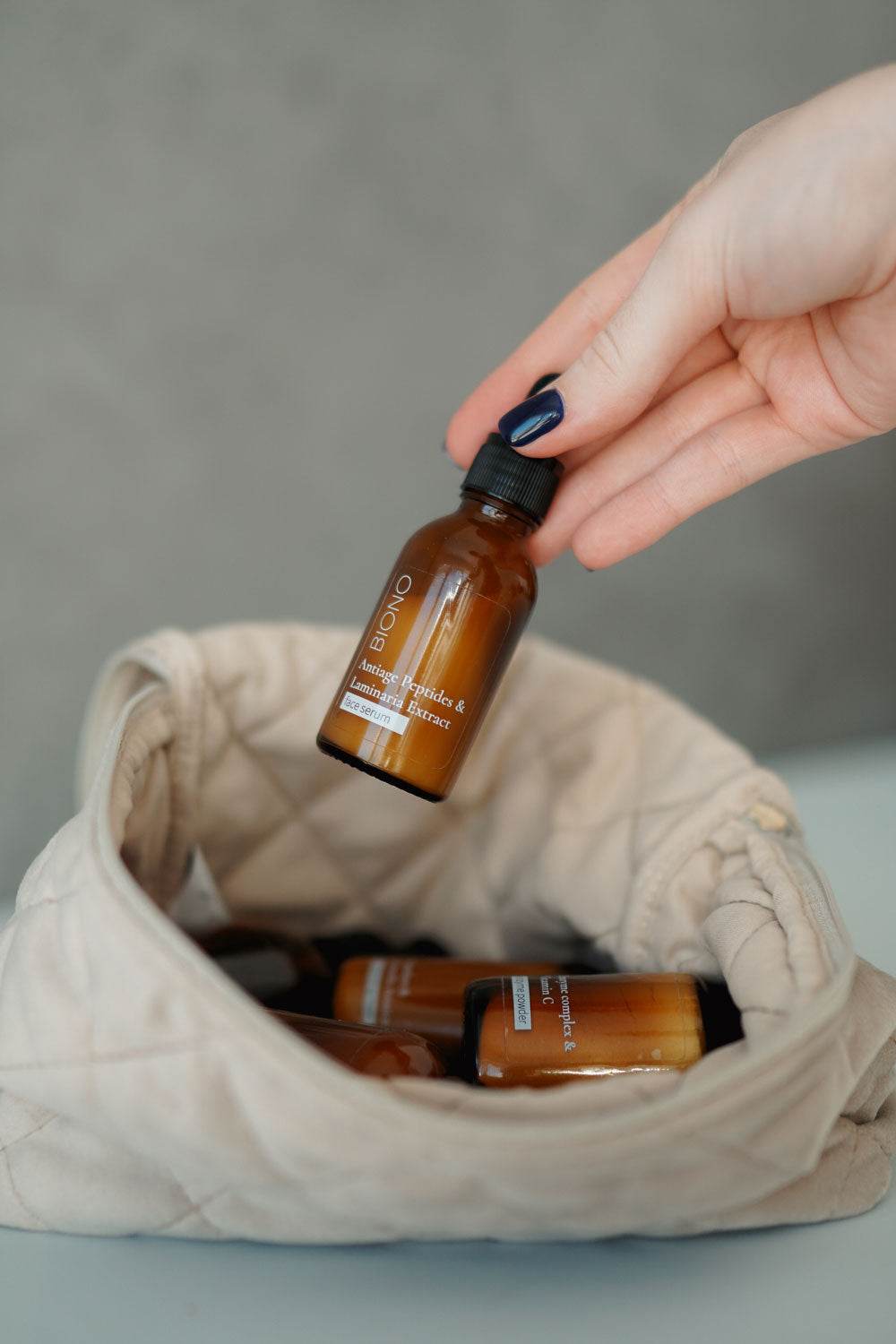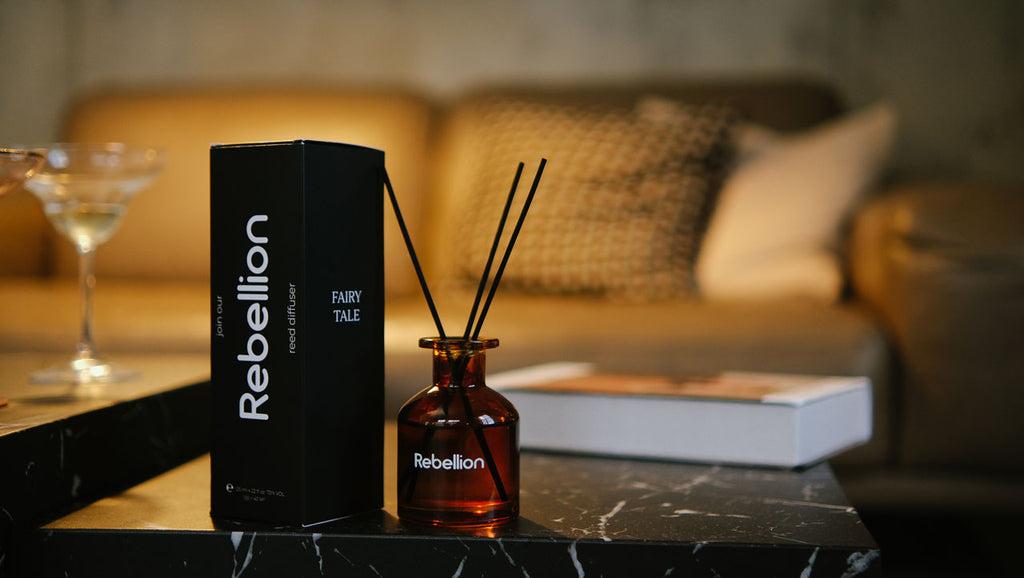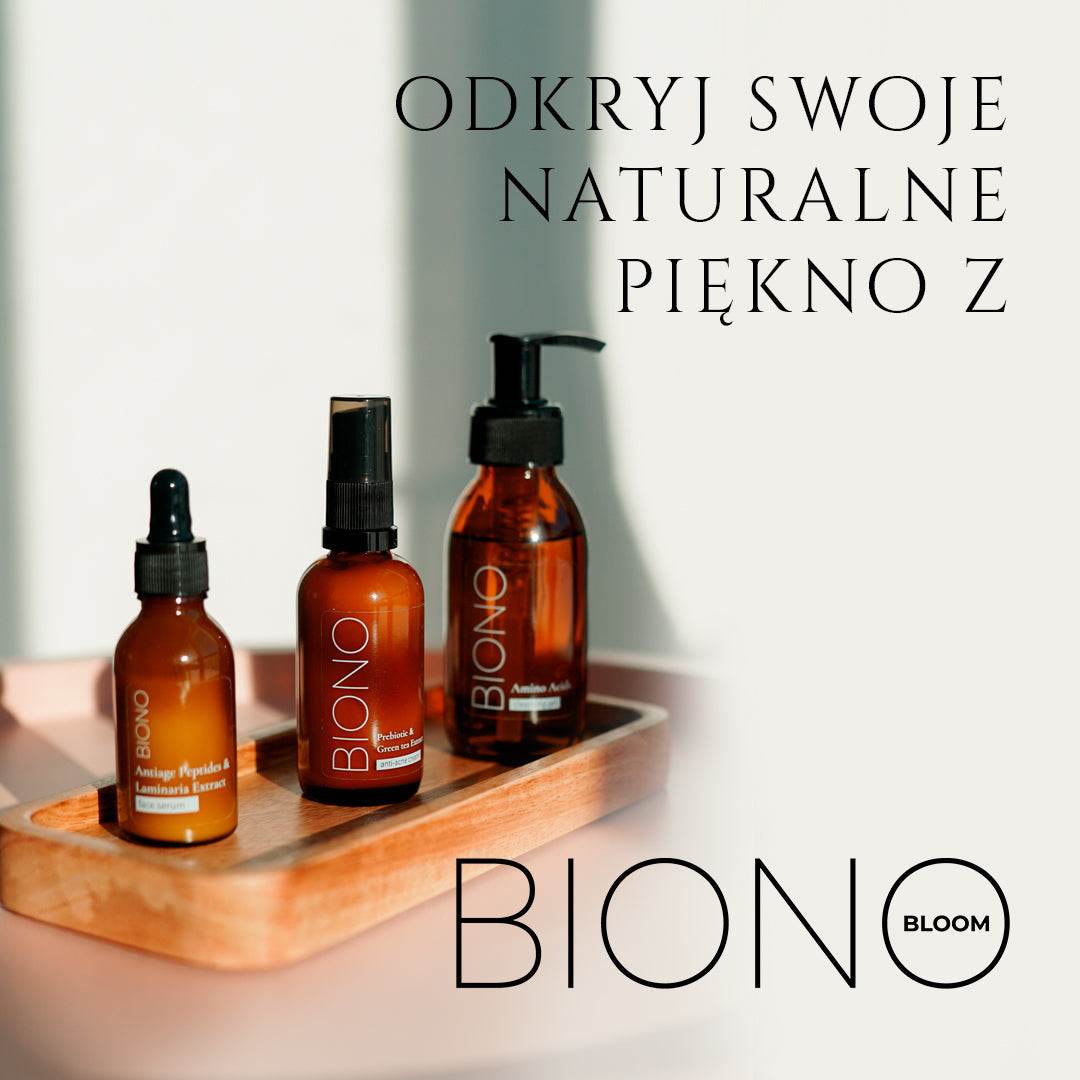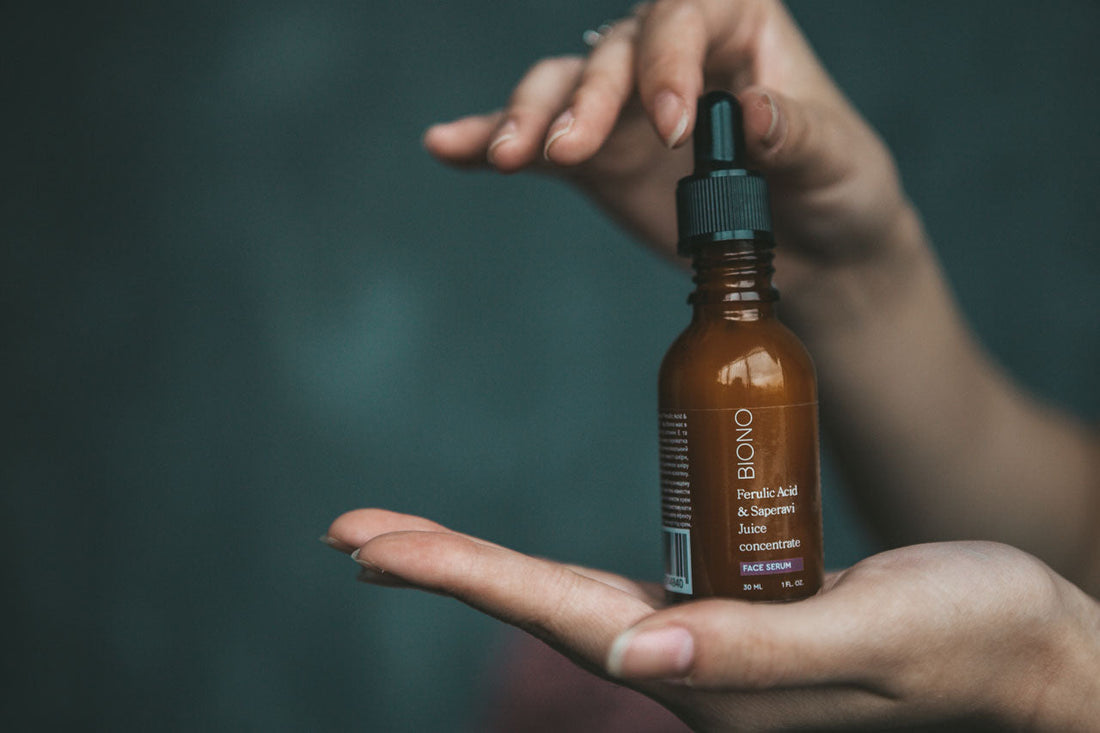
Whitening face serum - effective fight against discoloration and uneven skin tone
Share
Uneven skin tone, sun spots, pigmentation spots, and acne scars are among the most common dermatological problems faced by people of all ages. This whitening facial serum is a highly concentrated product that effectively brightens dark spots, evens skin tone, and restores its natural, radiant glow. Thanks to advanced formulas with powerful active ingredients, the serum works much more intensively than traditional creams, penetrating deeper layers of the epidermis and attacking the problem at its source.
What is whitening serum and how does it work on the skin?
This whitening facial serum is a light, watery formula with the highest concentration of active ingredients among all skincare products. Unlike creams, which contain more fillers and emulsifiers, this serum consists almost exclusively of pure active ingredients dissolved in a suitable base. Thanks to its small molecules and light consistency, the ingredients penetrate deeper and act faster, resulting in noticeable results in a shorter time.
The mechanism of action of the whitening serum is based on several processes. First, it inhibits the activity of tyrosinase, the enzyme responsible for the production of melanin, the dark pigment that gives skin its color. Second, it accelerates cell renewal, allowing cells with excess melanin to exfoliate more quickly and be replaced by new ones. The effects of using the serum are gradual, but visible with regular use – the first results usually appear after 4-6 weeks, although intense discoloration may require up to 3-6 months of consistent care.

The most effective ingredients in a brightening serum
Vitamin C in the form of L-ascorbic acid is one of the most well-known and effective brightening ingredients. It inhibits melanin production, neutralizes free radicals, and stimulates collagen synthesis, affecting not only discoloration but also overall skin quality. Its derivatives, such as magnesium or sodium ascorbate, are more stable and less irritating, although slightly less potent. Serums with 10-20% vitamin C provide the best results but require gradual skin adaptation.
Niacinamide, or vitamin B3, is a multifunctional ingredient that not only brightens but also regulates sebum secretion and strengthens the skin's protective barrier. It inhibits the transport of melanin from melanocytes to keratinocytes, preventing the pigment from reaching the skin's surface. Kojic acid, arbutin, and alpha-arbutin are naturally derived ingredients that effectively inhibit tyrosinase activity – kojic acid comes from fungi, while arbutin, isolated from the uva-ursi shrub, is converted in the skin into hydroquinone, one of the most powerful whitening ingredients.
Types of discolorations that the serum can deal with
Melasma, also known as pregnancy spots or "pregnancy mask," is one of the most difficult types of hyperpigmentation to treat. It primarily appears in women during pregnancy or taking hormonal contraception, manifesting as symmetrical, brown patches on the cheeks, forehead, and upper lip. A facial whitening serum with a high concentration of azelaic acid, tranexamic acid, or niacinamide can significantly alleviate melasma, although complete removal often requires dermatological treatment.
Sun spots, also known as sun discoloration, are the result of long-term exposure to UV radiation and appear primarily on the face, hands, and décolleté. They respond well to brightening serums, especially those containing vitamin C, glycolic acid, or retinoids. Post-inflammatory hyperpigmentation (PIH) is dark marks left behind by acne, skin trauma, or cosmetic procedures, and is particularly persistent in individuals with darker complexions. Serums containing niacinamide, tranexamic acid, or alpha-arbutin, combined with exfoliating acids, yield excellent results.
How to use whitening serum for maximum results
Preparing the skin is the first and crucial step. Serums only work on clean, cleansed skin, so always apply them after thoroughly removing makeup and washing your face. It's also worth using a toner or hydrosol, which will balance the skin's pH and prepare it to absorb active ingredients. Whitening facial serums should be applied to discolorations or the entire face – 2-4 drops of the product are sufficient, spreading them using gentle, patting motions, avoiding stretching the skin.
The time of day matters. Most brightening serums are best applied in the evening, as many active ingredients increase skin's photosensitivity. Vitamin C serums can be applied in the morning, but always with an SPF of at least 50. Sun protection is absolutely essential – without it, the serum not only won't work but can worsen discoloration, as UV radiation stimulates melanin production and negates any brightening effects of skincare.

Whitening Serum and Skin Type - Matching the Formula
Dry and sensitive skin requires a particularly gentle approach. Strong acids or high retinol concentrations can irritate and dry out this type of skin, so formulas with niacinamide (5%), alpha-arbutin, and tranexamic acid are best, as they brighten without being aggressive. Serums should have a moisturizing base with hyaluronic acid, glycerin, or allantoin to preserve the skin's protective barrier and ensure comfortable application.
For oily and combination skin, lightweight, water-based serums with higher concentrations of active ingredients are ideal. Vitamin C 15-20%, azelaic acid 10%, or glycolic acid 8% will work wonders, not only brightening but often also regulating sebum production and cleansing pores. A whitening facial serum in gel or light emulsion form absorbs quickly without leaving a greasy film.
Here's how to choose a serum for specific problems:
- Hormonal discoloration (melasma) - choose a serum with tranexamic acid, azelaic acid or a combination of niacinamide and arbutin
- Sun spots – choose high concentration vitamin C (15-20%) or retinol 0.3-0.5%
- Acne marks - niacinamide 5-10% + glycolic or salicylic acid will work best
- General aging and uneven skin tone - comprehensive formulas with vitamin C, E, ferulic acid + peptides
- Sensitive skin with discoloration — alpha-arbutin + niacinamide + hyaluronic acid (without retinoids and strong acids)
The most common mistakes when using brightening serums
Overdosing is the first common mistake. Serums are so concentrated that a few drops are enough for the entire face – using more won't speed up the results and can even lead to irritation. Introducing strong ingredients too quickly often ends in disaster, as the skin needs time to adapt, especially to retinoids, high concentrations of vitamin C, or acids. Start with a low concentration, using the product every other night for the first two weeks, gradually increasing the frequency.
Skipping sunscreen is the biggest mistake, and it can completely negate the serum's effects. UV radiation stimulates melanin production, so without daily use of SPF 50+, any whitening facial serum will be ineffective. Furthermore, many brightening ingredients increase skin's photosensitivity, exposing it to sunburn and new discoloration – sunscreen isn't an option, it's a necessity in your daily skincare routine.
Combining serum with other active ingredients
Certain ingredient combinations enhance the effects of brightening serums. Vitamin C works well with vitamin E and ferulic acid – this combination works synergistically, enhancing antioxidant and brightening effects. Niacinamide blends well with almost everything, although in some cases it may react with pure vitamin C at a low pH. Exfoliating acids (AHA, BHA, PHA) can significantly increase the effectiveness of serums by removing dead cells containing excess melanin and facilitating the penetration of active ingredients.
There are also combinations that should be avoided. Retinoids + vitamin C + acids in one routine are a recipe for irritation, even for resistant skin. Benzoyl peroxide can oxidize vitamin C, reducing its effectiveness. As a general rule, don't combine more than 2-3 active ingredients in a single routine and observe your skin's reactions. When in doubt, use the whitening facial serum alone, without other active ingredients, at least for the first 4-6 weeks to allow your skin to adapt.

When to expect results and how to maintain them
Realistic expectations are key to success. The first, subtle effects of a whitening serum—subtle brightening and even skin tone—may appear after 3-4 weeks of regular use. Significant reduction of discoloration takes much longer: superficial spots may fade visibly after 6-8 weeks, while deep, long-standing discoloration requires 3-6 months of systematic care. In cases of melasma or deep PIH, it may be necessary to combine the serum with professional dermatological treatments.
Here is the serum application schedule for optimal results:
- Week 1-2 - skin adaptation, use every other night, observe reaction
- Week 3-4 - Increase frequency to daily evening application
- Week 5-8 - first visible effects: slight brightening, even skin tone
- Month 3-6 - significant reduction of discoloration, visible improvement in skin quality
- After 6 months - optional transition to maintenance care (3-4 times a week)
Professional treatments that support the action of the serum
Chemical peels are a treatment that perfectly complements home care serums. Professional peels with glycolic, lactic, mandelic, or kojic acid in higher concentrations than those available in home cosmetics work deeper and faster. A series of 4-6 treatments every 2-3 weeks can significantly accelerate discoloration reduction, and between treatments, we continue to use a whitening facial serum, which enhances and prolongs the effects of professional treatments.
Microneedling mesotherapy with brightening cocktails delivers active ingredients directly to the deeper layers of the skin, where traditional serums cannot reach. Lasers and IPL (intense pulsed light) are options for those with persistent hyperpigmentation that doesn't respond to cosmetics – the light energy destroys melanin clusters, causing them to exfoliate within a few days of treatment. These methods are effective but expensive and require an experienced specialist and strict post-treatment sun protection.
Natural alternatives - are they effective?
Homemade masks made with natural ingredients are popular as a cheaper alternative to professional serums. Lemon juice, honey, turmeric, and plain yogurt do contain ingredients with brightening potential—citric acid acts as an AHA, and turmeric contains curcumin, which has anti-inflammatory properties. However, their effectiveness is incomparably lower than that of concentrated cosmetics, and the lack of standardization means unpredictable results.
The problem with natural ingredients is their instability, unknown concentrations, and the risk of irritation. Lemon juice has a very low pH (around 2), which can damage the skin's protective barrier and cause chemical burns, while turmeric itself can yellow the skin. If you're looking for natural skincare, choose ready-made, professional natural cosmetics with standardized plant extracts. Serums with licorice extract, arbutin from the uva-ursi shrub, or kojic acid from mushrooms offer the benefits of natural ingredients in a safe, stable formula.
Choosing the right serum - what to pay attention to
The first and most important element of serum evaluation is the INCI list – active ingredients should be in the top five, indicating their high concentration. Pay attention to the ingredient forms: L-ascorbic acid is more effective than its derivatives, although less stable, and retinol should be sealed in opaque packaging to prevent oxidation before first use.
Packaging is crucial to the effectiveness of a facial whitening serum. Ingredients like vitamin C and retinoids are extremely sensitive to light, air, and temperature – airless pumps or dark glass dropper bottles are best. Certificates and clinical trials lend credibility to a product, and renowned dermocosmetic brands often publish study results showing a specific percentage reduction in discoloration after X weeks of use, which is more valuable than marketing promises.
Summary - the path to an even and radiant skin tone
A whitening serum is a powerful tool in the fight against discoloration, but it requires conscious, systematic use. The key to success is combining a properly selected serum with comprehensive care—gentle cleansing, moisturizing, and absolute sun protection. There are no miracle solutions that deliver overnight results, but patient, consistent use yields results that can exceed expectations and significantly improve your appearance and self-confidence.
Remember that every skin is different, and what works for one person won't necessarily work for another. Don't be afraid to experiment with different formulas, but do it wisely – introduce new ingredients gradually, observe your skin's reactions, and if in doubt, consult a dermatologist. A whitening facial serum is an investment in your self-confidence and skin comfort, which, with the right approach, will bring long-lasting, satisfying results.

